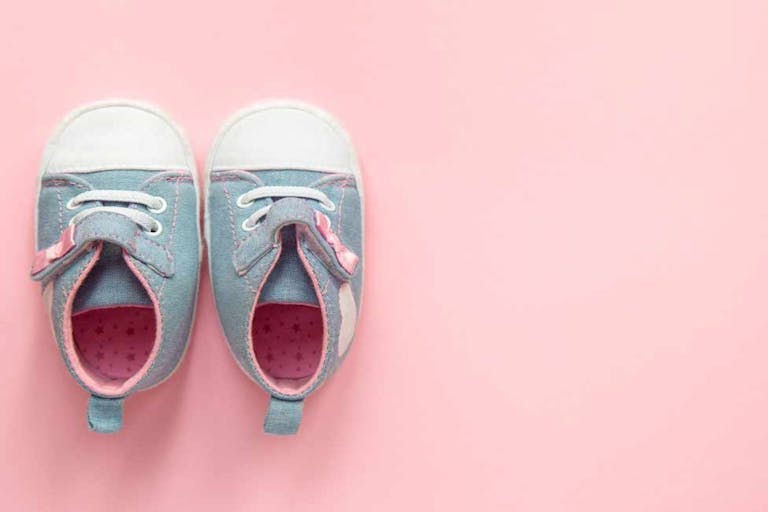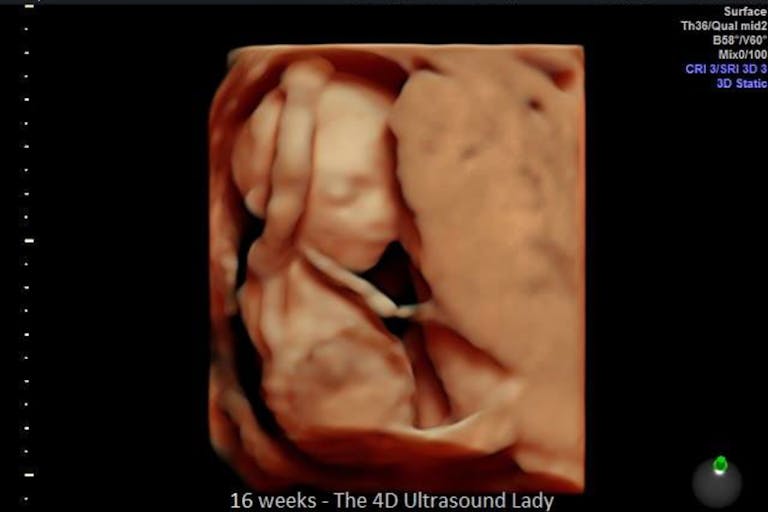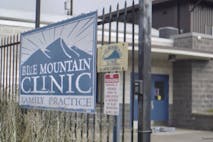
UK report: Sex-selective abortions spark concerns
Nancy Flanders
·
Former clinic worker describes sorting through body parts after late term abortions
Last month I wrote about Norma McCorvey, the plaintiff in Roe v. Wade who went on to work in abortion clinics before converting to the pro-life cause and leaving the abortion business for good. In the April 27, 2015, article, McCorvey describes horrific conditions at one of the clinics where she worked. She talks about how the bodies of aborted babies were left to rot in the back room of a clinic that was overrun by rats. McCorvey wrote about these horrible conditions in her book “Won by Love,” in which she described her conversion.
Another aspect of clinic work that McCorvey speaks of in “Won by Love” is the unsavory task of piecing together the bodies of dismembered aborted babies to make sure all parts are accounted for outside the mother’s body. Any pieces left behind could cause a potentially fatal infection. This is a routine part of abortion work, as former clinic director Abby Johnson described in a January Facebook post. McCorvey says:
When a later abortion was performed, workers had to piece the baby back together, and every major part–head, torso, two legs, and two arms –had to be accounted for. One of our little jokes at the clinic was, “If you ever want to humble a doctor, hide a leg so he thinks he has to go back in.”
Realizing how horrific her statement sounded, McCorvey says:
Please understand, these were not abnormal, uncaring women working with me at the clinic. We were just involved in a bloody, dehumanizing business, all of us for our own reasons. Whether we were justifying our past advocacy (as I was), justifying a previous abortion (as many were) or whatever, we were just trying to cope–and if we couldn’t laugh at what was going on, I think our minds would have snapped. It’s not an easy thing trying to confuse a conscience that will not stay dead.
It has been suggested that 70 percent of abortion clinic workers have had abortions themselves. Anecdotal evidence from former clinic workers seems to bear this statistic out. I have read that some abortion clinics have actually required their counselors to have undergone abortions. The woman who talked Abby Johnson into her first abortion, an event which eventually led to Johnson choosing a career in the abortion industry, had had nine abortions herself. It is not hard to believe that some workers may be justifying their past abortions by working in the abortion business.
Article continues below
Dear Reader,
In 2026, Live Action is heading straight where the battle is fiercest: college campuses.
We have a bold initiative to establish 100 Live Action campus chapters within the next year, and your partnership will make it a success!
Your support today will help train and equip young leaders, bring Live Action’s educational content into academic environments, host on-campus events and debates, and empower students to challenge the pro-abortion status quo with truth and compassion.
Invest in pro-life grassroots outreach and cultural formation with your TRIPLED year-end gift!
Inside the clinic, a post-abortion woman is surrounded by people who affirm and support, even applaud, her choice. Each time she sells an abortion to another woman, she reaffirms her own choice. Psychologically, it could be a coping mechanism, a way to silence the conscience in a person who knows, deep down, that she has participated in a murder. By repeating the abortion experience, this time as an outsider guiding another woman through it, they affirm to themselves that abortion is moral.
In this way, abortion clinic counselors may be emotionally invested in convincing patients to choose abortion over birth. Surrounded by the most hard core abortion supporters in society, clinic workers’ past abortions will never be questioned or looked down upon.
There is a grim mentality among those who must handle the remains of dead children in abortion clinics. Often, “gallows humor” is the only defense against reality. Magda Denes, a Holocaust survivor who spent time observing procedures at an abortion clinic and conducting interviews, describes how she found herself joking with some clinic workers about eating aborted babies.
McCorvey called abortion a “bloody, dehumanizing business.” She should know. Other clinic workers tell similar stories. The general public is not aware of the gruesome reality of abortion clinic work. Perhaps if more men and women could read the testimonies of former clinic workers, there would be less support for legal abortion.
Live Action News is pro-life news and commentary from a pro-life perspective.
Contact editor@liveaction.org for questions, corrections, or if you are seeking permission to reprint any Live Action News content.
Guest Articles: To submit a guest article to Live Action News, email editor@liveaction.org with an attached Word document of 800-1000 words. Please also attach any photos relevant to your submission if applicable. If your submission is accepted for publication, you will be notified within three weeks. Guest articles are not compensated (see our Open License Agreement). Thank you for your interest in Live Action News!

Nancy Flanders
·
Abortion Pill
Carole Novielli
·
Investigative
Carole Novielli
·
Investigative
Carole Novielli
·
Investigative
Nancy Flanders
·
Investigative
Nancy Flanders
·
Guest Column
Sarah Terzo
·
Abortion Pill
Sarah Terzo
·
Guest Column
Sarah Terzo
·
Guest Column
Sarah Terzo
·
Guest Column
Sarah Terzo
·